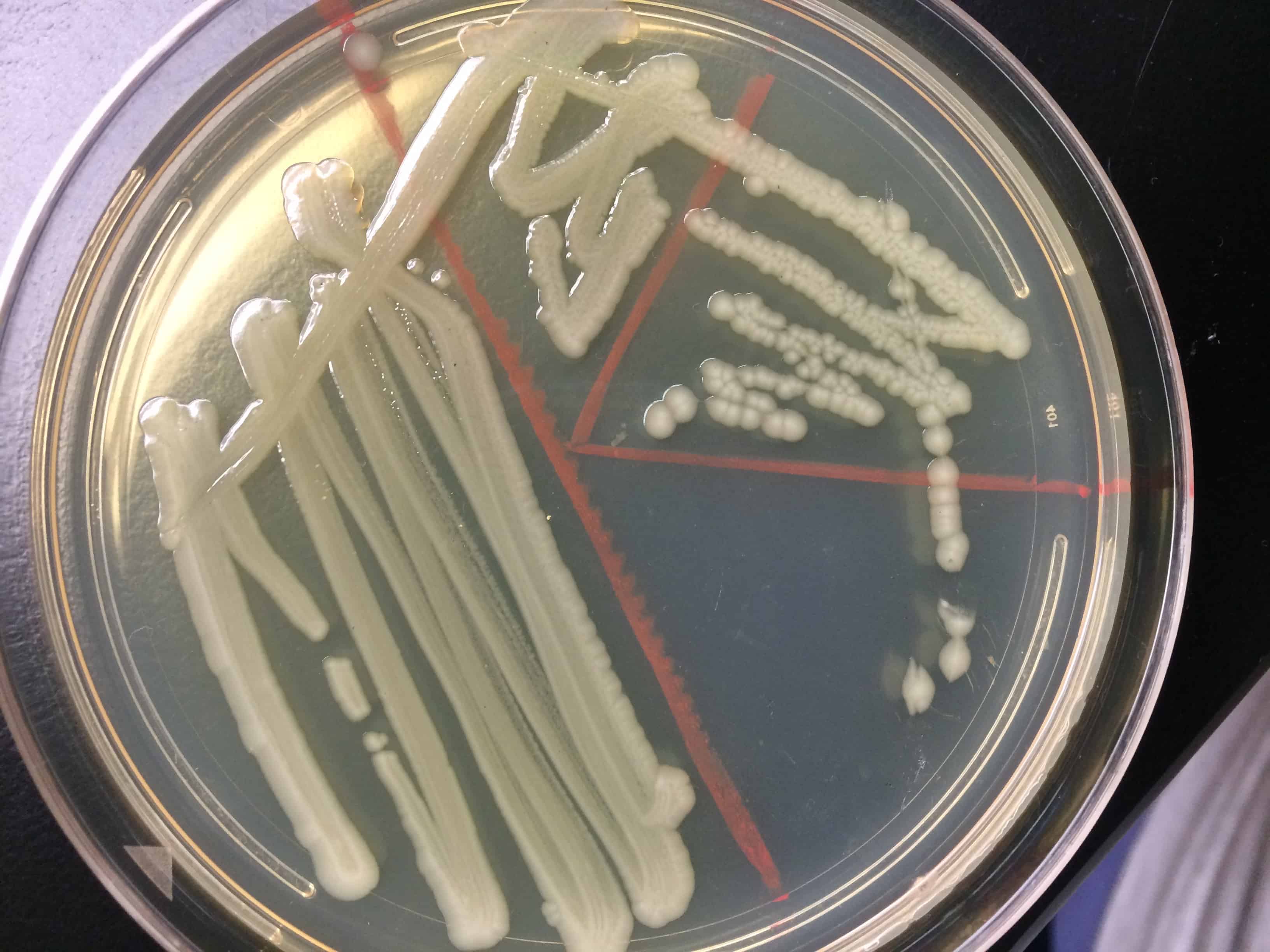June 18, 2016

A weekly roundup of news on drug resistance and other topics in global health.
“[Antibiotics] offer the promise of a quick cure at a low cost. In reality, these are powerful drugs that can harm us if used inappropriately,” said CDDEP Director Ramanan Laxminarayan in an interview with India’s Outlook magazine. Laxminarayan discussed the state of antibiotic use and resistance in India and across the globe, warning that a convergence of factors in India, from poor public health infrastructure to unregulated antibiotic sales, has created a uniquely bad situation. While a start has been made, current efforts are not enough to turn the tide of antibiotic resistance in India. [Outlook Magazine]
The colistin resistance-conferring mcr-1 gene has been found for the second time in a pig in the United States. The gene was first found by U.S. Department of Agriculture officials in a pig intestine in March of this year, from a slaughterhouse in South Carolina. This week’s discovery came from a slaughterhouse in Illinois. In both cases, the bacteria carrying the gene were E. coli, but the bacterial strains were different, and were also different from the E. coli strain found in the single U.S. human patient with the MCR-1 resistance factor, in Pennsylvania. The European Centre for Disease Prevention and Control (ECDC) recommends a full arsenal for combating the colistin resistance coded by the gene, in “one health” efforts by both the agricultural and health sectors: reducing colistin use in livestock, heightening surveillance, improving laboratory detection of resistant bacterial strains, optimizing clinical management of infections, antibiotic stewardship and hospital infection control. [The Washington Post, CIDRAP, ECDC]
A strain of polio was found in sewage in a suburb of Hyderabad, India. Officials in the state of Telangana announced a vaccination drive that aims to immunize 300,000 children in and around Hyderabad, the state capital. India, which has seen no cases of polio since 2011, will retain their polio-free status as long as no human infections are found. [The New York Times]
Antibiotic stewardship in a South African hospital network has reduced antibiotic consumption by 18 percent, according to research published in The Lancet Infectious Diseases. The study began in October 2009, when 41 of the 47 hospitals studied (in both urban and rural areas) had no antibiotic stewardship program in place. The pharmacist-led program targeted common scenarios for antibiotic overprescribing: long prescriptions (7 or 14 days, depending on the infection), patients taking more than four antibiotics at once, redundant antibiotic treatments and empirical antibiotic treatment continued without laboratory confirmation. The pharmacists audited hospital prescribing on the target measures, and notified clinicians when prescriptions were deemed inappropriate. By September 2014, consumption had been reduced by 18 percent, exceeding the original 10 percent reduction goal. [CIDRAP, Lancet Infectious Diseases]
TXA709, an antibiotic in development, is effective against MRSA in a mouse model, and even more effective when combined with cefdinir. TXA709, in preclinical testing at Rutgers University, has a novel mode of action, inhibiting the function of the FtsZ protein. It works against MRSA by itself, but when combined with cefdinir, a cephalosporin on the market for 20 years (and which, by itself, is not effective against MRSA), a lower dose of TXA709 was needed to clear the infection, reducing the risk of toxicity. Another advantage of this combination is that both antibiotics can be taken orally. Phase I human trials are expected to begin in spring 2017. [Rutgers University, Antimicrobial Agents and Chemotherapy]
“There are a lot more Zika-positive people than we would anticipate,” said Phillip Williamson, author of a CDC report on Zika virus in Puerto Rico. The prevalence of Zika-positive blood donations in Puerto Rico has risen to 1.1 percent, indicating a growing number of infections—numbers researchers hadn’t anticipated until later. CDC estimates that up to one-quarter of Puerto Ricans may become infected with the virus by the end of this summer, including thousands of pregnant women. According to a report in the New England Journal of Medicine, the risk of microcephaly or other birth defects from infection late in pregnancy appears very low: no brain abnormalities were seen in babies born to 600 women who contracted the virus late in their third trimester. [The New York Times, NPR, New England Journal of Medicine]
Delinkage of antibiotic R&D from sales may help stimulate drug development—but it must be globally coordinated and financed, and effectively address antibiotic access, conservation and innovation, writes a group of authors in PLOS Medicine. A delinkage program must act at three key points in the development process: the preclinical stage (through public funding of early research), clinical development (tax credits, grants and/or prizes) and post-registration (revenue delinked from total drug sales). To best address global needs, the most significant pathogens posing global threats should be targeted, and intellectual property rights balanced with global access to life-saving drugs, prioritizing rational use and information sharing wherever possible. [PLOS Medicine]
Antibiotic consumption decreased 6 percent in the past year in the European Union, but many Europeans are still unclear about when antibiotics should be used, according to the Special Eurobarometer Survey from the European Commission. Most people surveyed—84 percent—were aware that unnecessary antibiotic use can render the drugs ineffective, but 44 percent were unaware that antibiotics are not effective against colds and flu, and 57 percent didn’t know they aren’t useful against viruses. Good news on the consumption side is that antibiotic consumption has decreased in 16 member states over the last three years, though it has increased by at least 7 percent in Spain and Italy. [Longitude Prize]
Want to share interesting news via the digest? Email [email protected]
Image courtesy Andrea White.











